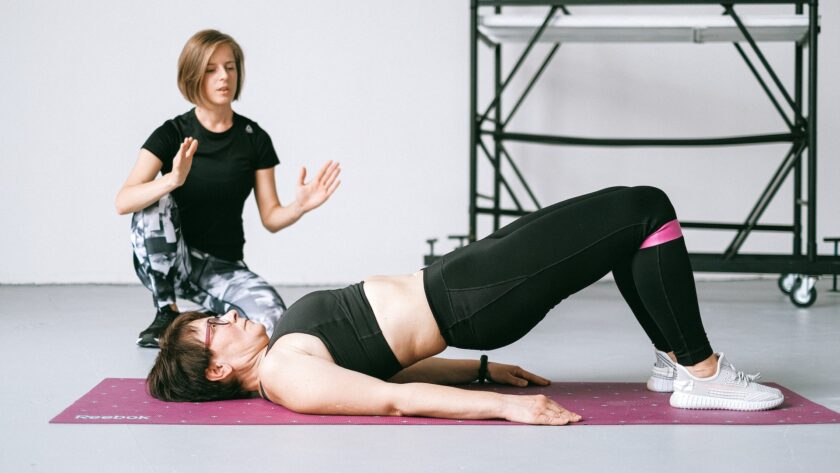You can improve your pelvic health through a variety of exercises. It would be best to start by positioning your wrists and knees under your shoulders and hips. Next, brace your core muscles by drawing your shoulder blades toward your hips. Then, straighten your left leg and right arm while keeping the rest of the body in a neutral position. Hold the position for a few seconds.
Diet
A healthy diet can improve pelvic health, especially if you have a diet rich in flavonoid-rich foods. Fruits and vegetables are excellent sources of these nutrients. Avoid sweets and cakes, and drink plenty of water. This will keep your body hydrated, which will improve your pelvic health. Vitamin D is also important for pelvic health. Insufficient vitamin D can lead to infections. You should take at least 400 IU of vitamin D3 daily for the best results. If you have a darker skin tone or don’t get enough sunlight, you may need to consume even more.
You should contact your healthcare provider if you have any food sensitivities. Sometimes, you may need to undergo a gluten-free diet to determine whether you are sensitive to gluten. However, you might not have Celiac Disease, and you may not need to go on an elimination diet. In addition to this, you may be looking to lower inflammation.
Exercises
Exercises to improve pelvic health focus on strengthening the pelvic floor muscles. The exercises can be performed seated or standing. The main focus is lifting the navel to the spine, inhaling through the mouth, and exhaling. The exercises should be performed at least three times daily.
Pelvic floor muscle training is an excellent way to increase muscle strength and improve motor skills. A routine consists of three sets of eight to twelve contractions and an eight-to-10-second relaxation. Each set should be performed thrice daily for at least 15 weeks. The intensity of each exercise depends on the individual. However, a routine of forty to sixty paired contractions and relaxations is effective.
The pelvic floor comprises muscles that run from the pubic bone to the tailbone. It would help if you visualized these muscles as elevator doors. To stretch them, you should breathe deeply.
Sun exposure
While perineum sunning has many benefits, it comes with some risks. It’s best to wear a protective suit and apply sunscreen when exposing the perineum to sunlight. Fortunately, there are many safer ways to get vitamin D and boost energy.
While some people swear by the benefits of “perineum sunning,” experts are not so sure. It can cause painful sunburn and increase skin cancer risk, especially in less visible areas like the perineum. In addition, if you have a family history of skin cancer, you should stay away from sun exposure on the perineum.
Biofeedback
Biofeedback is a treatment that helps patients strengthen the muscles of the pelvic floor. It can benefit patients suffering from incontinence, prolapse, or pelvic pain. The therapy can also be effective for patients with constipation. Constipation, also known as dyssynergia, is caused by tight pelvic floor muscles. Patients can learn how to relax these muscles during bowel movements using biofeedback.
Biofeedback is a type of therapy that utilizes sensors to measure the activity of your muscles. The therapist can then use the information to personalize an exercise program. Since biofeedback is not physical therapy, it is not invasive and does not alter your muscles in any way. The technique is not painful and is a great way to improve pelvic health. Patients sit in comfortable chairs while sensors are attached to their anal canal and abdomen. These sensors measure the electrical activity of muscles that control bowel and bladder function. This information is then displayed on a computer screen. The therapist can then help patients understand which muscles are controlling their movements.




